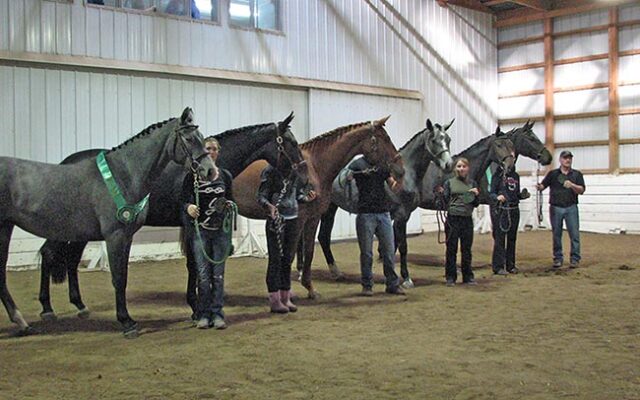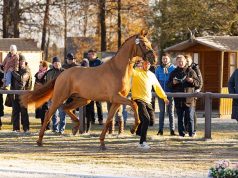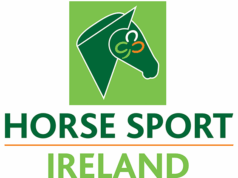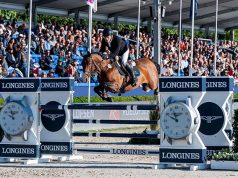By Chris Gould / CWHBA
Photography: © Dana Young; Brandon Sun
Wilf McKay and his wife Karen, were one of a small group of early Canadian Warmblood breeders that operated on a relatively large scale. Based near Alexander, Manitoba, the Mckays were active breeders from the late 1990s to 2021, producing many quality competitive horses.
One of their most celebrated products is WKM Xenia (Cat Weasel x Nicholson B) Equestrian Canada’s 2018 Canadian-bred Horse of the Year.
A life long horse enthusiast, Wilf competed in his youth in barrel racing and other gymkhana events. His interest transitioned to the English disciplines when his three children joined Pony Club. At the time the Mckays were operating a large PMU (pregnant mare urine) farm with 110 mares. Another PMU operator got him interested in Warmbloods through a stallion syndication.
In 2000 they acquired the Dutch Warmblood stallion Nicholson B, as a result of a connection made by his son Scott, by then a professional trainer and coach based in Ontario. Nicholson B was a very modern stallion by the famous Concorde (Voltaire) out of a Zeus daughter. He covered between 20 and 25 mares a year on the farm. These mares were mostly seven-eighths Thoroughbreds and combined well with Nicholson’s excellent conformation to produce modern athletic horses for sport. The PMU business came to an end in 2003 and WKM Stables now focused entirely on Warmboods.
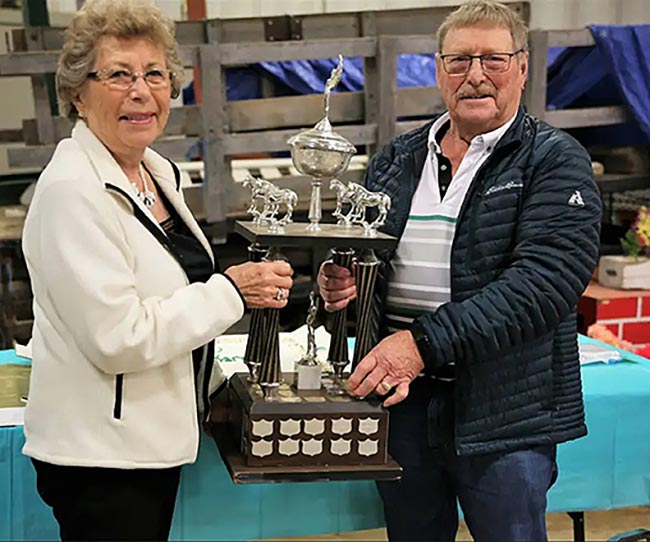
Nicholson B was followed in 2008 by Cat Weasel (Carthago Z x Quidam de Revel) a stallion with a very strong jumping pedigree. Cat Weasel was a tall horse with a long top line in the style of the C-line Holsteiners. The cross to the elegant Nicholson B daughters produced typey, athletic Warmboods.
One of the keys to WKM Warmbloods’ success was following the advice of Albert Kley† (1943-2016), former riding master at Spruce Meadows. As Wilf repeated “a breeder has got to turn over your breeding mares often. Use their offspring for the next generation. You just need to do that to get better. That’s the number one thing.
CLICK HERE TO READ THE COMPLETE ARTICLE IN THE ONLINE EDITION OF BREEDING NEWS

